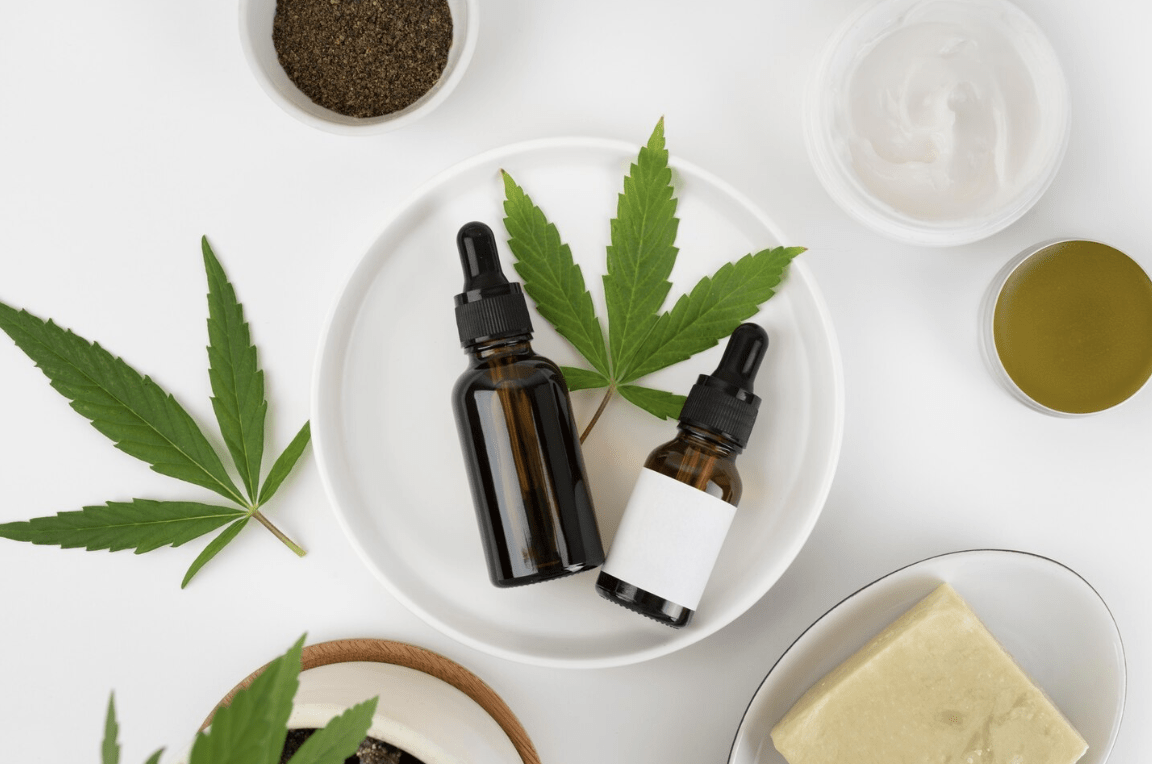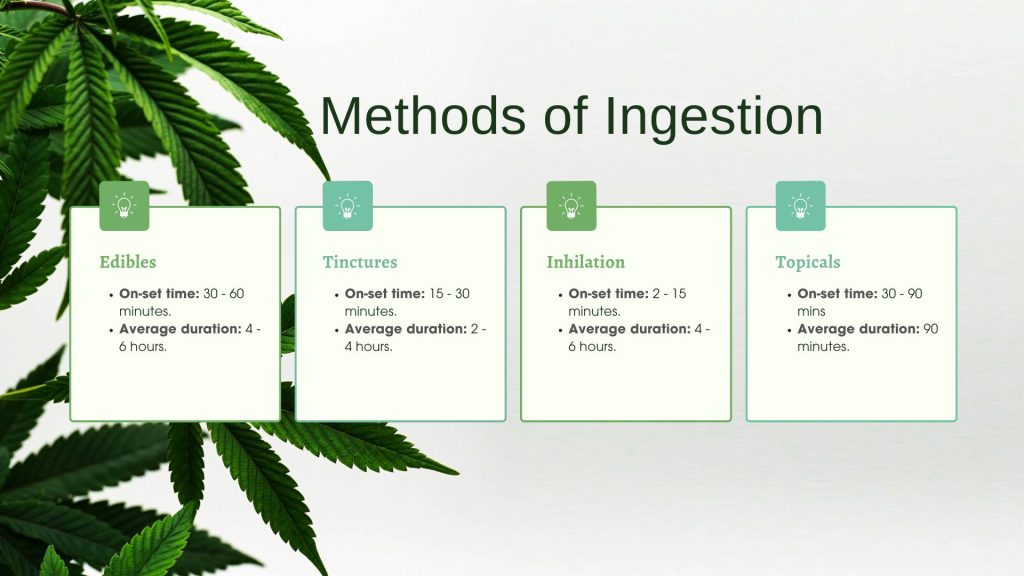- You have no items in your shopping cart
- Continue Shopping

Navigating the world of cannabis edibles can be overwhelming, especially with the myriad of consumption methods and dosage options available. Whether you’re a seasoned user or just beginning, understanding how to use cannabis effectively can enhance your experience. This guide will walk you through essential tips for managing cannabis dosages and exploring various consumption methods, ensuring you achieve optimal results.
Understanding THC and CBD: The Basics
To begin with, it’s important to understand that cannabis contains several active compounds, primarily tetrahydrocannabinol (THC) and cannabidiol (CBD). THC is renowned for its psychoactive effects, which produce the “high” commonly associated with cannabis. Conversely, CBD is known for its potential therapeutic benefits without inducing the high.

Dosage Matters: How Much THC is Enough?
When it comes to cannabis edibles, dosage is crucial. In the USA, for instance, a single THC serving is defined as 10 milligrams (mg), with products capped at 100 mg in total. For those new to edibles, starting with a low dose is advisable. Here’s a breakdown of common dosages:
- Microdose (1–1.5 mg THC): Ideal for beginners or those seeking minimal effects. This amount typically provides mild symptom relief without noticeable intoxication.
- Low Dose (5 mg THC): Suitable for chronic symptom relief and those who enjoy a mild euphoria. It’s perfect for individuals who are new to edibles but may still experience some coordination issues.
- Moderate Dose (10 mg THC): This dosage offers strong relief and is often used by regular users. It’s effective but might lead to noticeable psychoactive effects.
- High Dose (20 mg THC): Intended for those with high tolerance, this dosage results in strong euphoric effects and altered perception.
- Very High Dose (50–100 mg THC): Reserved for experienced users, this level can lead to significant impairment and potential side effects like anxiety and rapid heart rate.
The Science of Edible Effects

Faster Alternatives: Sublingual and Inhalation Methods
Edibles generally take longer to take effect compared to inhalation methods. Research indicates that THC ingested orally can take anywhere from 30 to 90 minutes to produce noticeable effects, peaking after 2 to 3 hours. This delay occurs because the digestive system must first break down the cannabinoids before they enter the bloodstream. Additionally, several factors can influence how quickly edibles affect you, including:
- Gender and Recent Meals: Both can impact the onset and intensity of the effects. For instance, hormonal differences and the presence of food in the stomach can alter how cannabinoids are absorbed.
- Ingredients: The non-cannabis ingredients in edibles can affect digestion and absorption. For example, fats and oils can sometimes enhance the absorption of THC, leading to more pronounced effects.
- Body Weight and Metabolism: These factors play a significant role in how swiftly THC is processed. Generally, individuals with faster metabolisms or lower body weight might experience effects sooner compared to others.
Given their discreet nature and prolonged effects, edibles have become increasingly popular. They come in various forms, such as gummies, chocolates, and beverages, and offer a range of onset times—from as little as 15 minutes to as long as 2 hours. Moreover, the effects of edibles can last between 4 to 12 hours, depending on the dose and individual factors. However, due to the delayed onset, there is a risk of over-consumption. Users might mistakenly ingest more, believing the initial dose was ineffective, which can lead to more intense and prolonged effects, occasionally resulting in discomfort.
By being aware of these factors and adjusting your consumption habits accordingly, you can better manage your experience with cannabis edibles.
Smoking and Vaping: Quick Effects with Different Risks
If you prefer a quicker onset, consider sublingual administration methods, such as tinctures or lollipops held under the tongue. These options offer faster effects because cannabinoids bypass the digestive system and enter the bloodstream directly. Conversely, smoking and vaping cannabis provide immediate relief, with effects appearing within seconds to minutes, peaking around 15 to 30 minutes, and lasting for 2 to 3 hours. Although smoking can be effective, it poses potential health risks, including lung irritation.
On the other hand, vaping and dabbing heats cannabis at lower temperatures, thus reducing harmful byproducts and offering a less harsh experience on the lungs. Studies suggest that vaping can be a safer alternative, with some users experiencing improved lung function.
Exploring Other Consumption Methods
Cannabis tinctures, available in alcohol or glycerin bases, offer precise dosing and faster effects than edibles. Topicals like creams and patches provide targeted relief without entering the bloodstream, ideal for localized issues like muscle pain.
Managing Over-consumption
If you find yourself having taken too much, don’t panic. The effects will eventually subside, but there are steps you can take to ease discomfort:
- Try CBD: It can help modulate the effects of THC.
- Get Fresh Air and Rest: These can help calm your system.
- Distract Yourself: Engage in relaxing activities or listen to soothing music.
Conclusion: Find What Works for You
Selecting the right dosage and method of consumption depends on individual needs and preferences. Starting with a low dose and slowly adjusting can help you find the optimal balance. Remember, cannabis use should be part of a healthy lifestyle, and always use it responsibly.
For more tailored advice, consider consulting with a medical professional. With the right approach, cannabis can be a valuable tool in managing health and enhancing well-being. For more information or personalised advice, feel free to reach out to us. Happy exploring!
Disclaimer: This content is for educational purposes only. The information provided is derived from research gathered from external sources.
External Resources:
- https://www.ncbi.nlm.nih.gov/pmc/articles/PMC5176373/
- https://www.ncbi.nlm.nih.gov/pmc/articles/PMC6326553/
- https://www.ncbi.nlm.nih.gov/pmc/articles/PMC5845915/
- https://www.ncbi.nlm.nih.gov/pmc/articles/PMC5767492/
- https://www.ncbi.nlm.nih.gov/pmc/articles/PMC8221366/
- https://www.ncbi.nlm.nih.gov/pmc/articles/PMC6625695/
- https://pubmed.ncbi.nlm.nih.gov/12648025/
- https://www.ncbi.nlm.nih.gov/pmc/articles/PMC5010515/
- https://www.ncbi.nlm.nih.gov/pmc/articles/PMC5260817/
- https://pubmed.ncbi.nlm.nih.gov/29894118/
- https://link.springer.com/chapter/10.1007/3-540-26573-2_23
- https://pubmed.ncbi.nlm.nih.gov/23802821/
